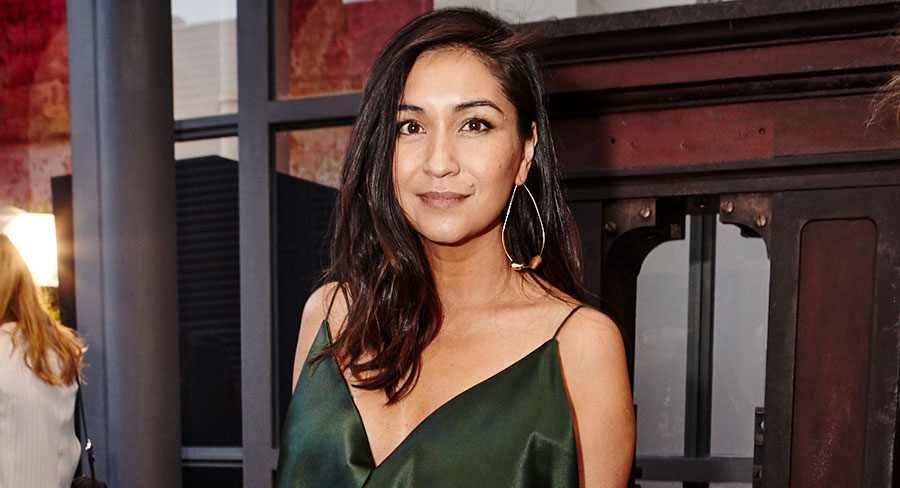There were just three fashion magazines that recorded a climb in readership in the 12 months to March 2018.
According to Roy Morgan, NewsLifeMedia’s GQ Australia and Vogue Australia increased its readership by 4.4% and 2.4% respectively. Meanwhile, this figure for Bauer Media’s Elle Australia was 5.1% – giving it the highest readership growth YOY of any fashion magazine in Australia.
“When we first launched Elle five years ago, we were criticised for being too young for a fashion title,” editor-in-chief Justine Cullen told Mediaweek. “Luckily we stuck to our guns. What’s wonderful is how that has paid off both in terms of the advertising market soon realising how valuable the millennial customer was, and also how we’ve managed to grow that younger audience across not only digital but also print – no mean feat in 2018. This has very much to do with the DNA of the brand – it’s modern, highly relevant to the culture of the times and innovative. This audience responds to that.”
It is a “tough” market for print at the moment, Cullen admitted. So what helped the magazine buck the downward readership trend?
“There’s a real energy in the category. From where I sit, our product has never been more exciting. We just launched the first ever print-on-demand cover in Australia, where our audience could pre-order the cover of their choice from a mix of beautifully diverse Australian talents. We are about to hit the stands with a double issue of the like that has never been done before. I really believe that challenging times can breed incredible creativity and Elle is proof of that.”

The five collector’s edition covers of Elle’s ‘print-on-demand’ issue
For many fashion titles, their online audience is younger than their consumers in print. However, this is not the case for Elle Australia.
“The digital audience is older, which may come as a surprise to some,” Cullen said. “The interesting thing is that there’s only a 3.6% duplication between the print and digital audience, which gives us an impressive reach.”
Bauer Media has unified the digital offerings of many of its brands to sit under separate verticals of the Now To Love umbrella. Elle Australia is an exception to that. It has its own website. The reason for this is that sharing a digital home with other brands wouldn’t commercially work in its favour.
Cullen explained: “Elle has a very specific lens that both our audience and advertisers expect – it couldn’t work as well as it does any other way. Legacy mastheads like Elle have a real advantage in the digital space because luxury advertisers trust us. There’s an understanding of how we create content and long-held existing relationships. It’s an easier sell to a head office on the other side of the world. This makes transitioning into a digital space that much easier and is a real advantage for us in selling advertising space.”
Celebrity content is popular with the readers of Elle Australia online.
“I’d be very surprised if anyone could claim that their strongest traffic drivers are different from anyone else’s,” Cullen said. “It’s always the celebrity content such as the Kardashian news stories and big events, like the Victoria’s Secret show, the races and the royal wedding, that bring the eyeballs. The constant challenge as an editor-in-chief is to make sure that there’s also a balance of on-brand content that is true to our DNA, because in our market it’s that content that brings the advertisers.”
Talking about the biggest growth opportunities for the brand, Cullen said: “We have some great opportunities this year in the wellness space, as well as events. Our Elle Inspires event series continues to thrive and we have some very interesting – but top secret – plans to put a very new spin on the idea of brand extensions.”
